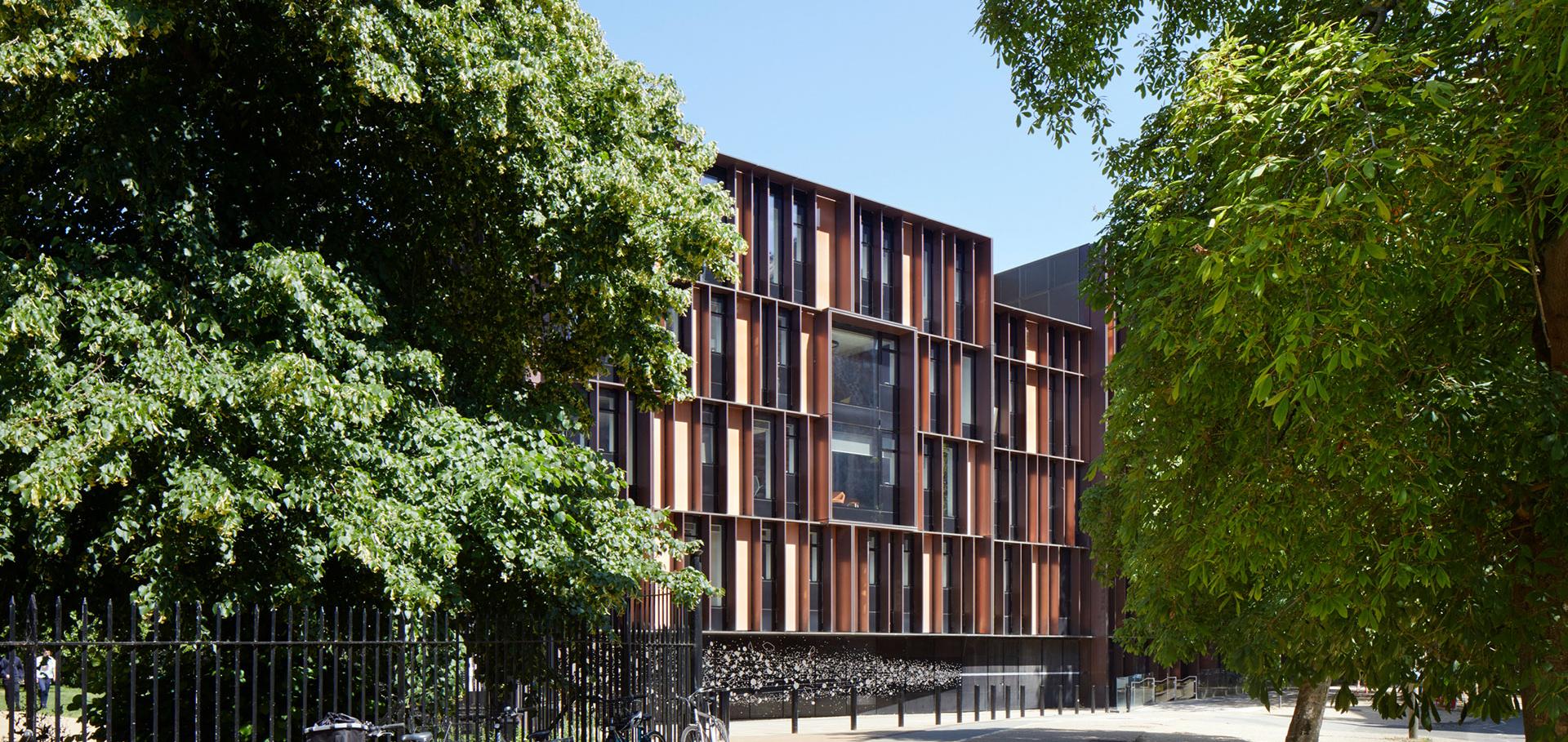Evidence of antineutrinos from distant reactors using pure water at SNO
Physical Review Letters American Physical Society 130:9 (2023) 91801
Abstract:
The SNO+ Collaboration reports the first evidence of reactor antineutrinos in a Cherenkov detector. The nearest nuclear reactors are located 240 km away in Ontario, Canada. This analysis uses events with energies lower than in any previous analysis with a large water Cherenkov detector. Two analytical methods are used to distinguish reactor antineutrinos from background events in 190 days of data and yield consistent evidence for antineutrinos with a combined significance of 3.5σ.A modular, enantioselective synthesis of resolvins D3, E1, and hybrids
Organic letters American Chemical Society 22:4 (2020) 1510-1515
Abstract:
Resolvins D3 and E1 are important signaling molecules in the resolution of inflammation. Here, we report a convergent and flexible strategy to prepare these natural products using Hiyama-Denmark coupling of five- and six-membered cyclic alkenylsiloxanes to connect three resolvin fragments, and control the stereochemistry of the natural product (Z)-alkenes. The modular nature of this approach enables the synthesis of novel resolvin hybrids, opening up opportunities for more-extensive investigations of resolvin biology.Search for the rare decay eta ' -> pi(0)pi(0)pi(0)pi(0) at BESIII
Physical Review D American Physical Society 101:3 (2020) 32001
Abstract:
Using a sample of 1.31×109 J/ψ events collected with the BESIII detector, we perform a search for the rare decay η′→4π0 via J/ψ→γη′. No significant η′ signal is observed in the 4π0 invariant mass spectrum. With a Bayesian approach, the upper limit on the branching fraction is determined to be B(η′→4π0)<4.94×10-5 at the 90% confidence level, which is a factor of 6 smaller than the previous experimental limit.Synthesis of cyclic alkenyl dimethylsiloxanes from alkynyl benzyldimethylsilanes and application in polyene synthesis
Journal of Organic Chemistry American Chemical Society 84:22 (2019) 14868-14882
Abstract:
Cyclic dimethylalkenylsiloxanes, useful motifs for (Z)-selective Hiyama cross-coupling, are accessed from alkynyl benzyldimethylsilanes featuring adjacent allylic or homoallylic oxygen substituents by semihydrogenation/debenzylation/cyclization. While formation of 5- and 6-membered rings can be achieved from the free alcohols using fluoride or silanolate, allylic acetate precursors to 5-membered rings display distinct modes of activation. The utility of these compounds is demonstrated through the preparation of a variety of (Z)-alkene-containing polyenes and application to a concise total synthesis of leukotriene B3.Direct sulfonylation of anilines mediated by visible light
Chemical Science Royal Society of Chemistry 9:3 (2017) 629-633


